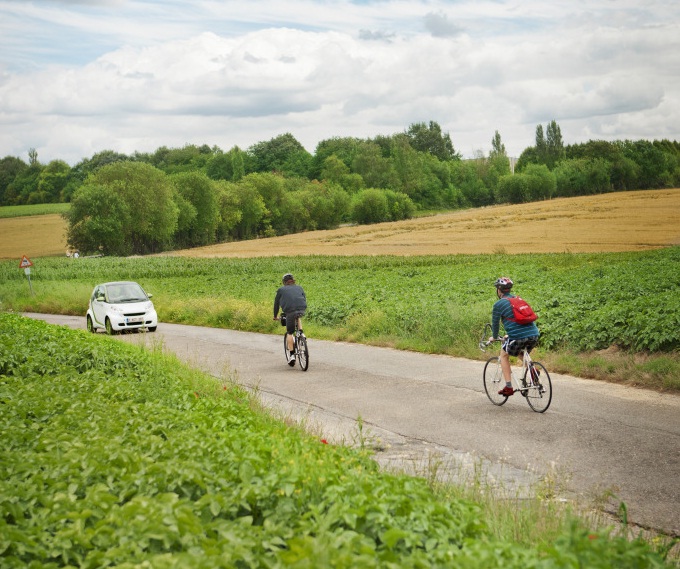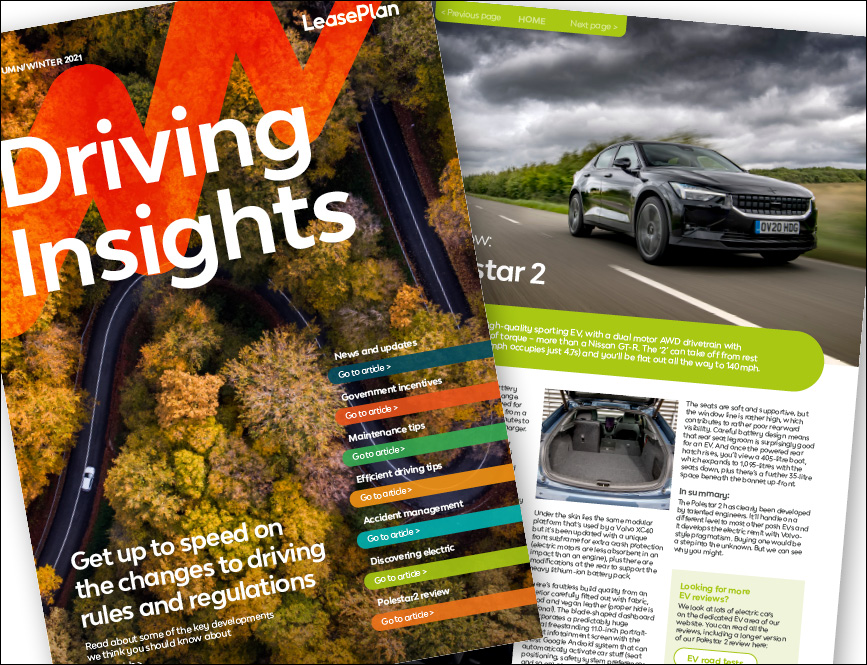Division on the roads needn’t be a vicious cycle: people want to use cars and bikes.
The more sensationalist elements of the media love to portray a war on Britain’s roads between those who drive and those who cycle. We hear that all those who cycle are reckless, red light-jumping, Lycra-clad hooligans with a death wish. Or that all those who drive motor vehicles are murderous drink-drivers who speed and send text messages at the wheel. It’s a nonsense.
The truth is that neither of these portrayals is a fair reflection on the respectful, responsible, law-abiding majority, who – whether in a lorry, in a car or on a bicycle – are simply trying to get from A to B in safety and peace.
Statistics from British Cycling show that more than 80% of their members own a car. Data from the AA shows that 1.5 million of their members regularly cycle. These are not sworn enemies with tribal loyalties; they are simply the same people, on different days.
You will note I have not used the word “cyclist” in this piece so far. Why? Because people do not define themselves by their mode of transport. I may use my bicycle to get to work once or twice a week, but this no more makes me a “cyclist” than travelling through London by Tube makes me a “Tubist”.
The bicycle is not necessarily a lifestyle choice or a hobby, nor is it a political statement. It is just a convenient mode of transport to get round Britain’s increasingly congested towns and cities. What’s more, it could remedy a host of urgent problems.
Take a list of commonly cited social issues:
- Our roads are clogged with traffic jams.
- There is an obesity crisis costing the NHS £5 billion each year.
- The public transport system is chronically overcrowded at rush-hour.
- Rising petrol prices and rail fares are making transport unaffordable for many.
- Pollution is reaching dangerous levels.
- High street shops are struggling to attract customers.
Encouraging more people to travel by bicycle could be an effective solution to all these problems:
- Almost every extra bicycle is one fewer car, freeing up road capacity and parking spaces.
- Health experts say the NHS could save £1.6 billion per year if the British government matched the level of investment in cycling seen in the Netherlands.
- A planned cycle route along the Embankment in London is expected to carry 1,000 cyclists per hour – the equivalent of four full Tube trains.
- If the Government helps fund local councils to build cycle routes between residential areas, shopping districts, schools and businesses, it will help people commute to study or work (or indeed look for work) more affordably.
- The bicycle is, self-evidently, a clean form of transport.
- A protected cycle lane was built on 9th Avenue in New York. It led to a 49% increase in sales due to improved access.
So how do we bring about this revolution? For the past two years, The Times newspaper has been running the Cities Fit for Cycling campaign, that calls on the Government to create an annual budget for cycling worth £10 per head of population – around £600 million per year, or just 4.3% of the transport budget. This would allow local councils to plan ahead and build networks of safe cycle routes.
London’s cycle superhighways were a good idea in principle, but a splash of unprotected blue paint on a busy carriageway can be confusing and even dangerous. Only now has Boris Johnson, the Mayor of London, started to get this message and a network of more comprehensively segregated cycle superhighways has been promised, due to appear from 2015.
The Times’s campaign also calls for cycle training to be more widely available, especially as part of the National Curriculum, to teach adults and children how to cycle safely. It calls for cycle awareness to be a more integral part of the driving test; for haulage and construction firms to ensure lorry drivers are fully trained in cycle awareness and ensure their fleet is fitted with extra mirrors, sensors, cameras and guards. And it calls on drivers to give bike-riders extra space and time when overtaking or pulling away.
The AA, British Cycling, Sir Richard Branson, the Confederation of British Industry, Lord Sugar, the Chief Medical Officer and a host of Olympic champions are backing these calls.
Two-thirds of all car journeys are under five miles – a distance that could be easily cycled if only the streets were inviting enough to do so. Imagine how much clearer and safer Britain’s streets would be if even half those people travelled by bicycle instead.
From the top of government to local councils, NHS chiefs and every individual driver and bike rider, we all have a responsibility to make our streets safer. Britain leads the world in competitive cycling – it is time we did the same for commuter cycling.
Guest blog by Kaya Burgess, a news reporter on The Times who has given evidence in the Commons and appeared regularly on BBC, Sky and LBC to promote the campaign and to convince all the major political parties to pledge to back cycle safety in their 2015 manifestos.
In November 2011, The Times journalist Mary Bowers was seriously injured when a lorry turned across her path and ran her over as she cycled to work. The paper launched the Cities Fit for Cycling campaign in February 2012. Follow The Times’s campaign at thetimes.co.uk/cyclesafety. Read how non-cyclists could benefit from a boost in cycle funding at thetim.es/noncyclists




